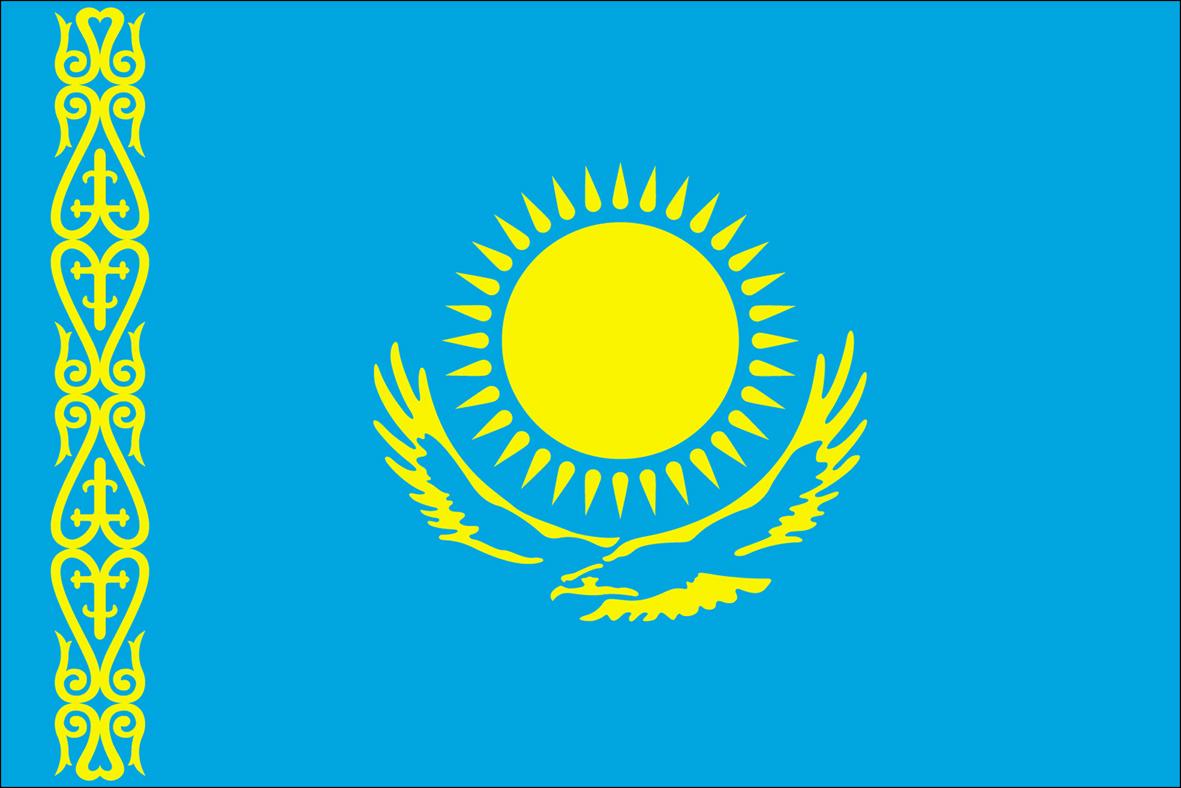Cultural Selection: The Diversity of Cultural Influences in Kushan Art
Traditional Indian Necklace © Ashwin / Shutterstock.comThe Diversity of Cultural Influences in Kushan Art
We invite you to read our weekly Cultural Selection articles which adhere to preselected themes. Knowledge and appreciation of these subjects helps to preserve, disseminate, and promote elements of our common heritage of the Silk Roads.
The expansive Kushan territorities (1st – 4th centuries AD), encompassed a vast range of artistic cultures, unified under one administration. These cultures can be divided into four broad regions: 1. Bactria, 2. Mathura (Indian sub-continent), 3. Arachosia and Nagarahara, and 4. Ancient Gandhara. Both Arachosia and Nagarahara, as well as Ancient Gandhara, are situated in areas which are now known as modern Afghanistan and Pakistan. Despite regional variations, artistic production reflected the legacy of a common cultural heritage of the Silk Roads. Gandhara served as a major crossroads from which Kushan art was disseminated to Afghanistan, Central Asia, and Indian towns such as Mathura, Devnamori, and Amaravati. In addition, excavations in Begram, Pushkalavati, Taxila, Mathura, and Surkh Kotal revealed that some Gandhara art displays elements that are characteristic of the Hellenistic period. Due to external influences, Kushan art was constantly evolving. It absorbed earlier Graeco-Bactrian traditions, and was also receptive to Western trends through international trade and commerce. However, it always retained its individuality, reflecting the sociocultural aspirations of its people, as well as the importance of local craftsmanship.
Artistic Kushan jewelry design reflects a variety of styles, techniques, and materials. While the Taxila collection is predominately Graeco-Roman in character, Gandhara jewelry generally reflects a range of classical Iranian, Sarmatian, and Indian savoir-faire typical of Gandhara art. It also displays a mastery of goldsmith techniques borrowed from Western Asia. Gems, precious and semi-precious stones, shell, bone, ivory, glass objects, and beads were all used in jewelry design. Examples include necklaces, bracelets, anklets, hairpins, and finger rings, sometimes with encrusted gems and impressions. Decorative items such as brooches, turban pins, and miniature gold figures of Cupid, Psyche, animals, birds, and flowers can be found in the Taxila collection. Moreover, elaborate ornamentation was a reflection of elevated social status. Bodhisattvas, nobility, and deities are always depicted wearing jewelry. Conversely, those of lower social status wore replicas, or none at all.
Kushan art, artefacts, jewelry, and craftsmanship are a direct reflection of those who were living within its expansive territories. Economic prosperity and peace remained the basis for the popularity and development of this art along the Silk Roads. These objects are visible remnants of the global, transnational fluidity of culturally embedded concepts that are passed down through generations. They also reveal the subtle intricacies of pluralistic identities, intercultural dialogue, and communicative exchange amongst diverse populations.
See also:
Ancient Korean Art and Glassware
The Enduring Legacy of Ajanta Paintings
Clothing as a Reflection of Socio-economic Status and Regional Differences
Madrasas as Universal Centers of Education and Culture
The Development of Artistic Textiles
Medieval Alchemy and Chemistry in Central Asia
Persian and Arab Influences in Thai Courtly Life
The Art of Manuscript Bookmaking along the Silk Roads
Regional Variations in Coinage and the Monetary System
The Transformative Power of Tea
The Evolution of Sericulture along the Silk Roads
Q & A with Mr. Ali Moussa-Iye during the Pasarela de las Artes Event in Valencia, Spain
Batik for the World Exhibition at UNESCO
Sindhi Aesthetic Impulses and Cultural Expressions
Stylistic Origins of Kashmiri Artistic Traditions
The Diversity of Cultural Influences in Kushan Art
Imitation and Inspiration: The Transformation of Porcelain along the Silk Roads
The Art of Kyrgyz Traditional Felt Carpets
UNESCO Youth Eyes on the Silk Roads Photo Contest




